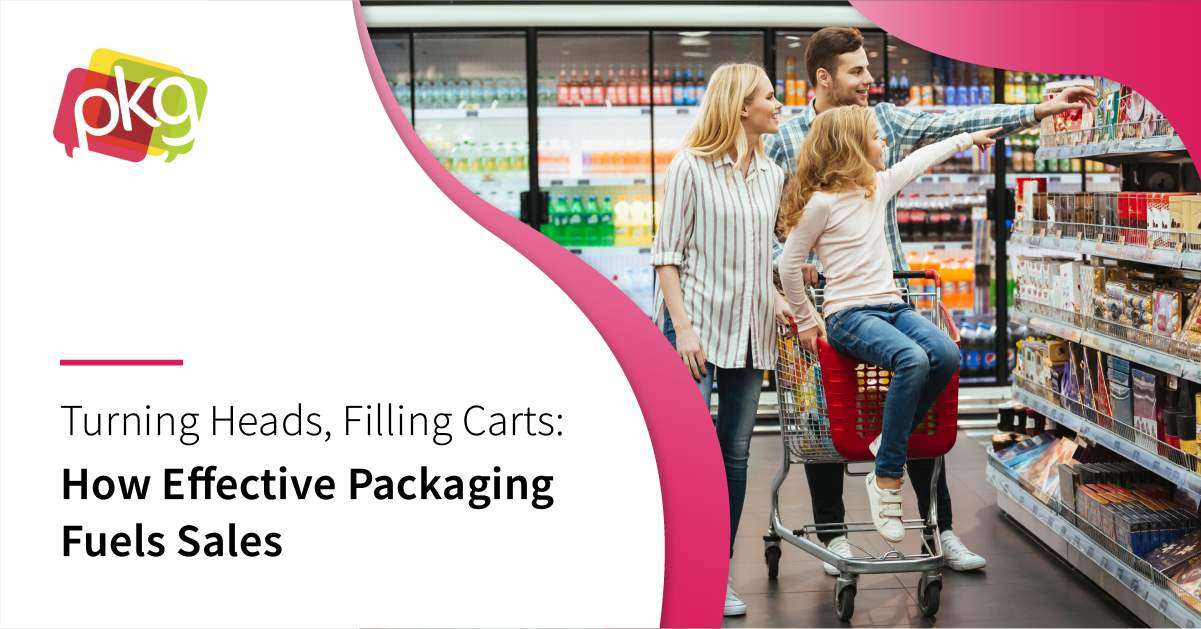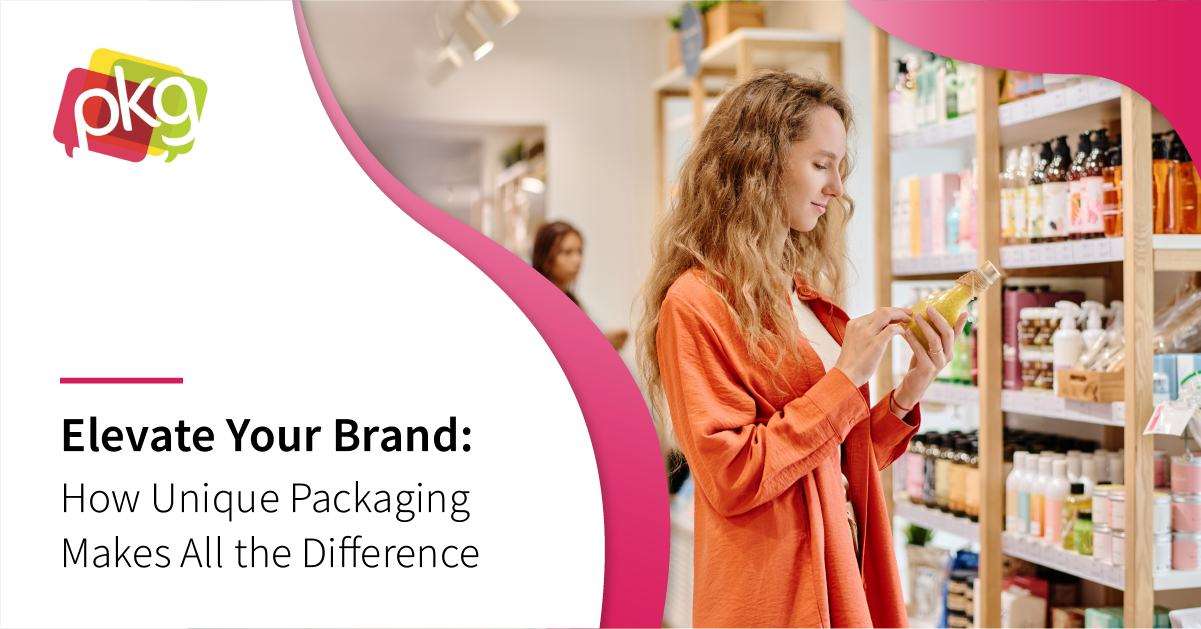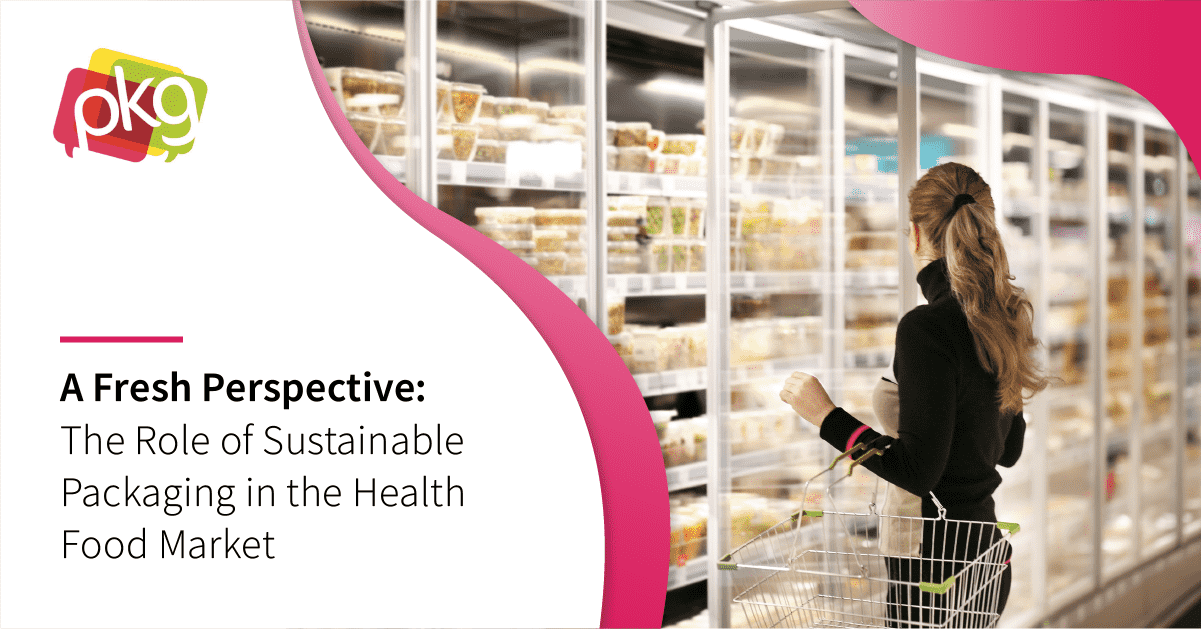Glass containers were used in Southeast Asia as long ago as 100 BCE. In America, settlers in Jamestown built a glass melting furnace in the early 1600s. Glass as a container for foods and beverages is ideal even in the 21st century, when countless other container options are available.
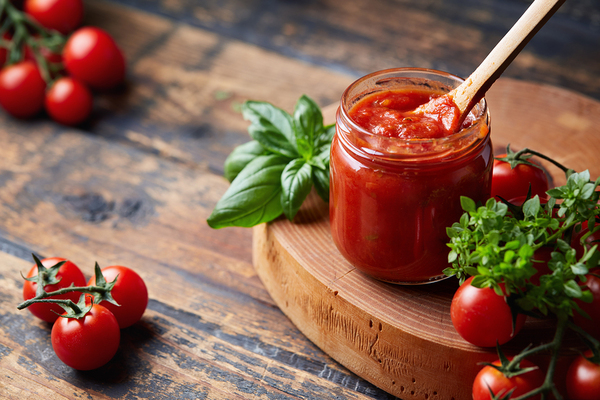
The use of glass jars and bottles as packaging is making a comeback despite the wide availability of plastics, and consumers (and manufacturers) cite three main reasons for it: taste, health, and sustainability.
Taste
Glass is nonporous and impermeable. It does not interact chemically with the product it contains, leaving the taste of foods and beverages unchanged. Moreover, glass prevents chemical interactions from taking place between the product inside and the environment outside, so the foods and drinks contained in glass maintain their strength, flavor, and aroma. It is also the only widely-used food packaging that the FDA rates as “GRAS,” or generally recognized as safe, which is its highest standard.
People prefer the taste of foods and beverages that are housed in glass packaging, especially wine, beer, and spirits. A 2017 survey found that 90% of respondents favor glass to preserve the flavor of foods and beverages.
Health
People are concerned about what’s in the plastics that contain foods and beverages. Bioactive chemicals in some plastics, like BPA and phthalates, are of particular concern to consumers and have been eliminated from many plastics for this reason. Whether or not chemicals actually leach from plastic into the foods and beverages contained within, people may perceive that they do, and for this reason, some consumers prefer glass containers for health reasons.
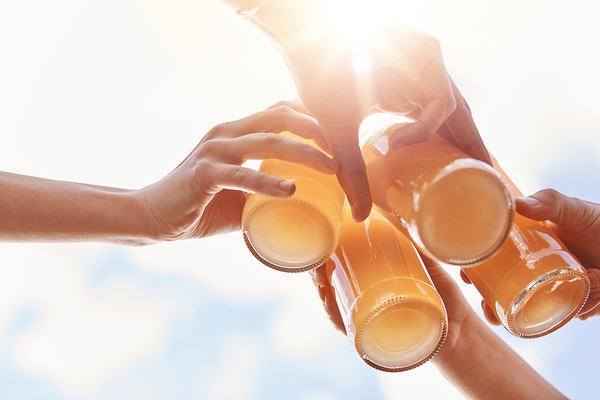
As people look for foods that are less processed, they find glass containers comforting. With clear glass, you can see the product inside clearly, and Yoplait, the maker of premium Oui yogurt, takes advantage of this. The idea of simple ingredients in glass jars appeals to health-conscious consumers, perhaps reminding them of simpler times or home-canned foods from bygone eras.
Sustainability
Concern about plastics and the environment have grown in recent years, particularly in cases where plastics that have not been disposed of properly end up in oceans. Glass bottles that end up in the oceans are less harmful to marine life than plastics, and glass bottles are completely recyclable. Moreover, 81% of the U.S. population has access to glass recycling.
Not only can glass containers be recycled, but they can also be refilled. Returnable bottles with deposits are making a comeback in some areas, after becoming nearly extinct in America. Breweries are behind some of the increase in use of refillable bottles, and glass milk bottles are resurging in popularity in some places too.
The glass recycling process generates very little waste, and glass can be recycled repeatedly without loss of quality. Every kilogram of recycled glass displaces the need for 1.2 kilograms of raw materials. Eighty percent of recovered glass containers are made into new glass containers, and the entire process from recycling bin to store shelf can take as little as 30 days.
New technologies will always play a role in the packaging industry, but glass jars are an idea that has withstood centuries of advancing technology. They don’t affect flavor or cause chemical reactions with the foods and beverages inside, and they can be recycled endlessly. As a result, more food and beverage manufacturers are revisiting glass containers as a packaging design option.
PKG Brand Design is always on the forefront of new CPG branding and packaging initiatives; please subscribe to our blog for the latest package design industry news!


